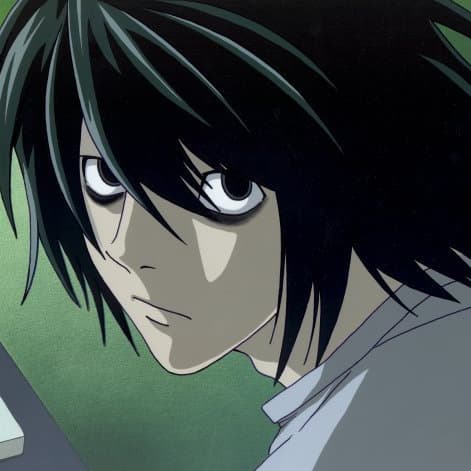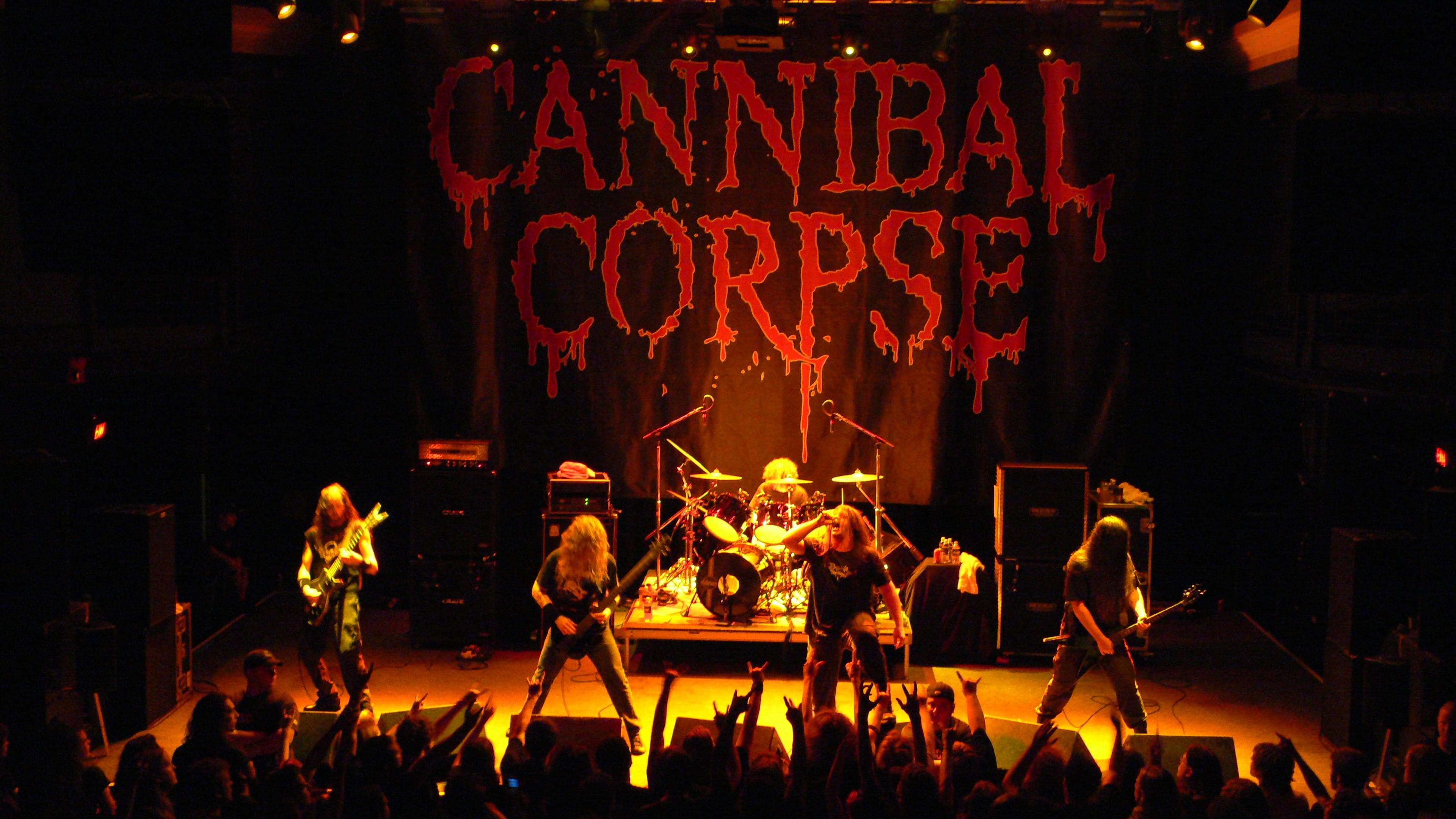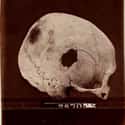-
(#7) Victims Must Pass A Test Before Surgery
Before doctors can dive into surgery, they have to test the brain stem's functionality and measure the patient's level of consciousness. The Glasgow Coma Scale spans from 1-15; anyone who scores below a seven or an eight is thought to be in a coma.
As for brain stem activity, it's a bad sign if a person's eyes can't stay fixed on a central point as the head turns. Failing both tests may make a person a poor candidate for surgery.
-
(#3) A Close-Range Shot Isn't A Guaranteed Death Sentence
According to a 2012 study by the Centers for Disease Control and Prevention, more than 56% of male suicides involved a gun.
While some might consider a close-range shot to be fatal in all instances, it is not a guaranteed death sentence, since aim can be an issue even when self-inflicted.
-

(#8) A Person's SPIN Score Can Determine Whether Or Not They'll Survive A Shot To The Head
A 2016 study on surviving brain injuries developed a state-of-the-art tool that helps predict whether or not a person will survive after any penetrative brain injury, including shots to the head. This tool is called the SPIN score, which stands for Surviving Penetrating Injury to the Brain. It can predict if people can survive such a wound with 96% accuracy.
The SPIN score was developed by looking at 10 years of data from two level-one trauma centers of patients who suffered from penetrating brain injuries, most of which were caused by gunshots. The score ranges from four to 52; a higher score indicates a higher chance of survival.
No patients with a SPIN score of 16 or less survived. While the SPIN score requires further research, it's seemingly a promising way to determine survival rates for those who suffer gunshot wounds to the head.
-
(#9) Surviving A Shot To The Head Comes With Other Medical Issues
Brain swelling may not hit its peak until three days after a person has been shot. Depending on how badly the brain swells, doctors might have to perform a craniectomy, which means a large part of the skull is temporarily removed to ease some pressure.
Even if all goes well, recovery from such a wound is still a lengthy, uphill battle. Regaining some functions or adjusting to new disabilities could take years.
-
(#11) Psychological Wounds Are Often Just As Lasting As The Physical
Depending on what part of the victim's brain was damaged, they could have vivid memories of the entire ordeal. As a result, they might suffer from flashbacks, a common symptom of PTSD. This is especially true among veterans of the Vietnam War.
In addition to PTSD, survivors must also cope with impairments such as slowed speech, diminished social skills, and impaired memory. Reportedly, millions of Americans live with the long-term effects of brain trauma, leading many experts to refer to it as the “silent epidemic."
-

(#5) Brain Tissue Stretches And Overshoots Its Original Position
A bullet travels faster than the rate at which brain tissue rips. This means when a bullet moves through the brain, it is actually pushing tissues out of the way, stretching them wildly. The speed at which a bullet tears through the brain means the bullet will exit the skull before tissues even have a chance to rip.
However, brain tissue over-stretches when it snaps back. This results in a long cavity created by the bullet, so while the brain tissue snaps back to its original position, it overshoots its normal location due to said cavity.
New Random Displays Display All By Ranking
About This Tool
Our data comes from Ranker, If you want to participate in the ranking of items displayed on this page, please click here.











